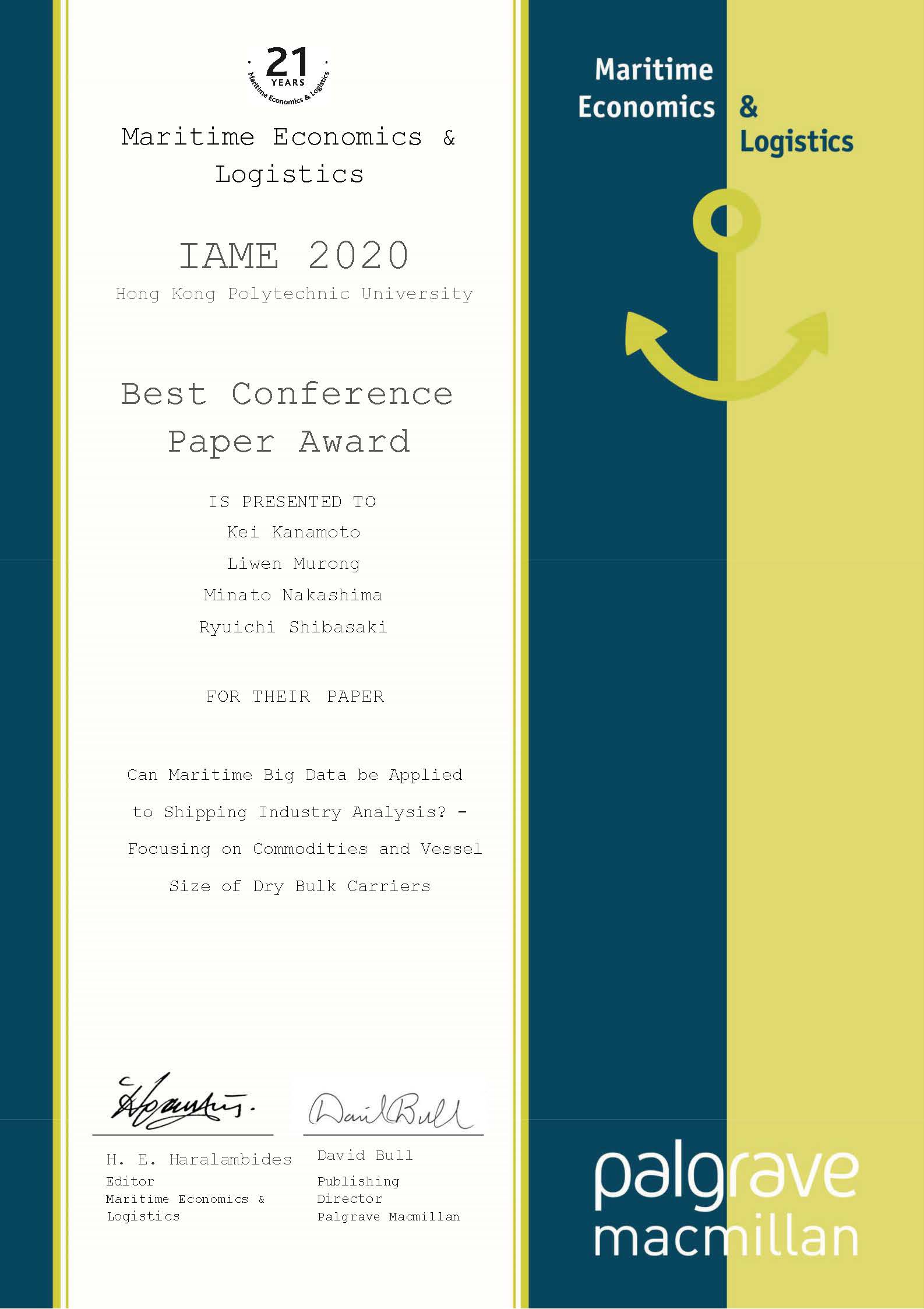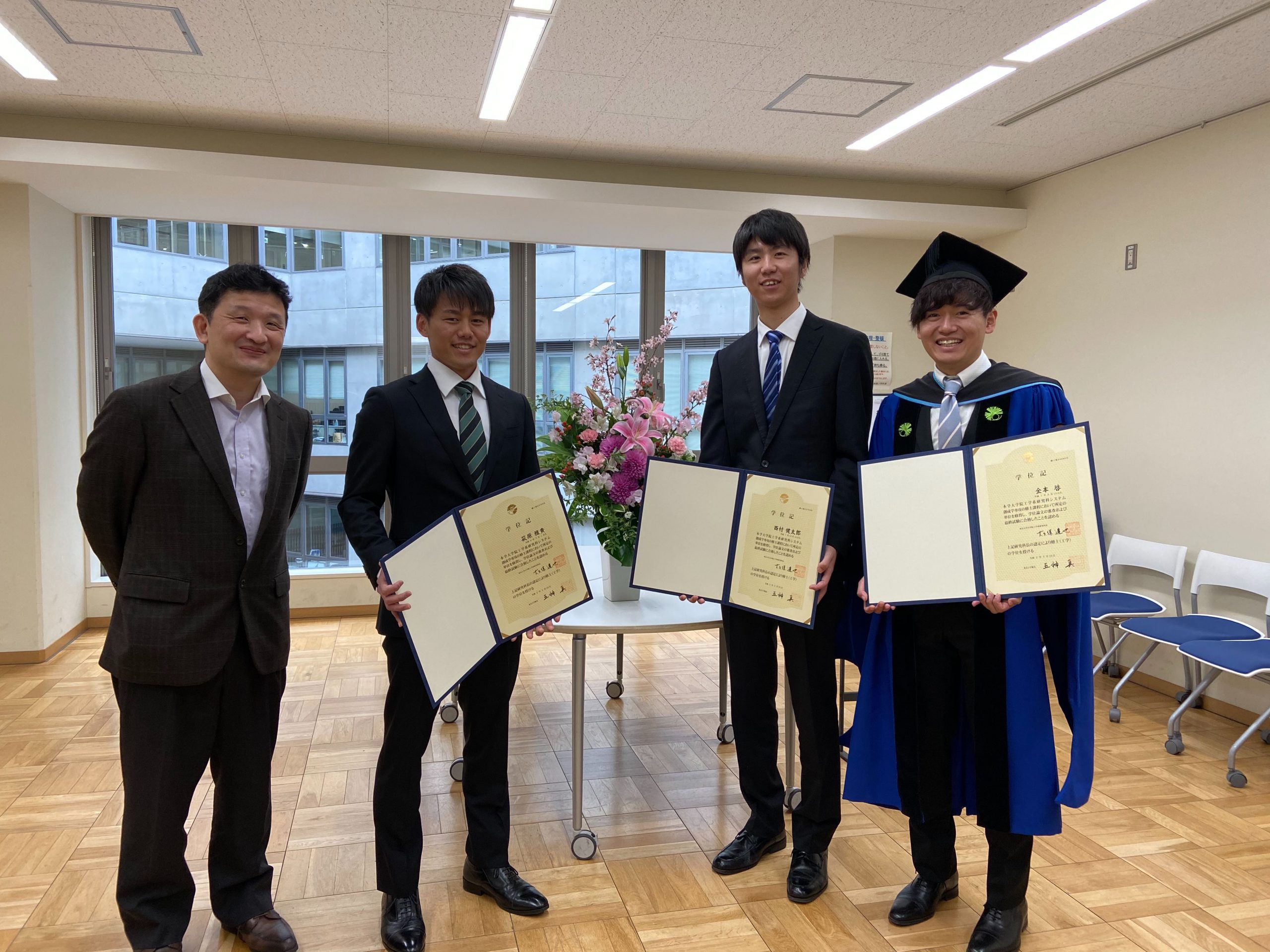



【Press release】Fish proliferation and rare-earth deposition by topographically induced upwelling at the late Eocene cooling event
Name: Junichiro Ohta, Kazutaka Yasukawa, Kazuhide Mimura, Koichiro Fujinaga, Kentaro Nakamura, Yasuhiro Kato
Abstract:
The deep-sea clay that covers wide areas of the pelagic ocean bottom provides key information about open-ocean environments but lacks age-diagnostic calcareous or siliceous microfossils. The marine osmium isotope record has varied in response to environmental changes and can therefore be a useful stratigraphic marker. In this study, we used osmium isotope ratios to determine the depositional ages of pelagic clays extraordinarily rich in fish debris. Much fish debris was deposited in the western North and central South Pacific sites roughly 34.4 million years ago, concurrent with a late Eocene event, a temporal expansion of Antarctic ice preceding the Eocene–Oligocene climate transition. The enhanced northward flow of bottom water formed around Antarctica probably caused upwelling of deep-ocean nutrients at topographic highs and stimulated biological productivity that resulted in the proliferation of fish in pelagic realms. The abundant fish debris is now a highly concentrated source of industrially critical rare-earth elements.
http://www.t.u-tokyo.ac.jp/soee/press/setnws_202006191133419291184890.html
【Awards and Commendations】Hiroki, Toda (D2) received 13th GSC Student Travel Grant Award.
http://www.jaci.or.jp/english/gscn/awards/aw_stga_13th.html
【Awards and Commendations】A paper authored by Hiroaki Kosuge, 2nd grade of Master course, was published in Materials and Design and it was picked up as a Featured Paper in Advances in Engineer (Canadian research company).
URL: Material and Design
Advances in Engineering, Featured papers